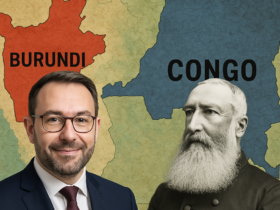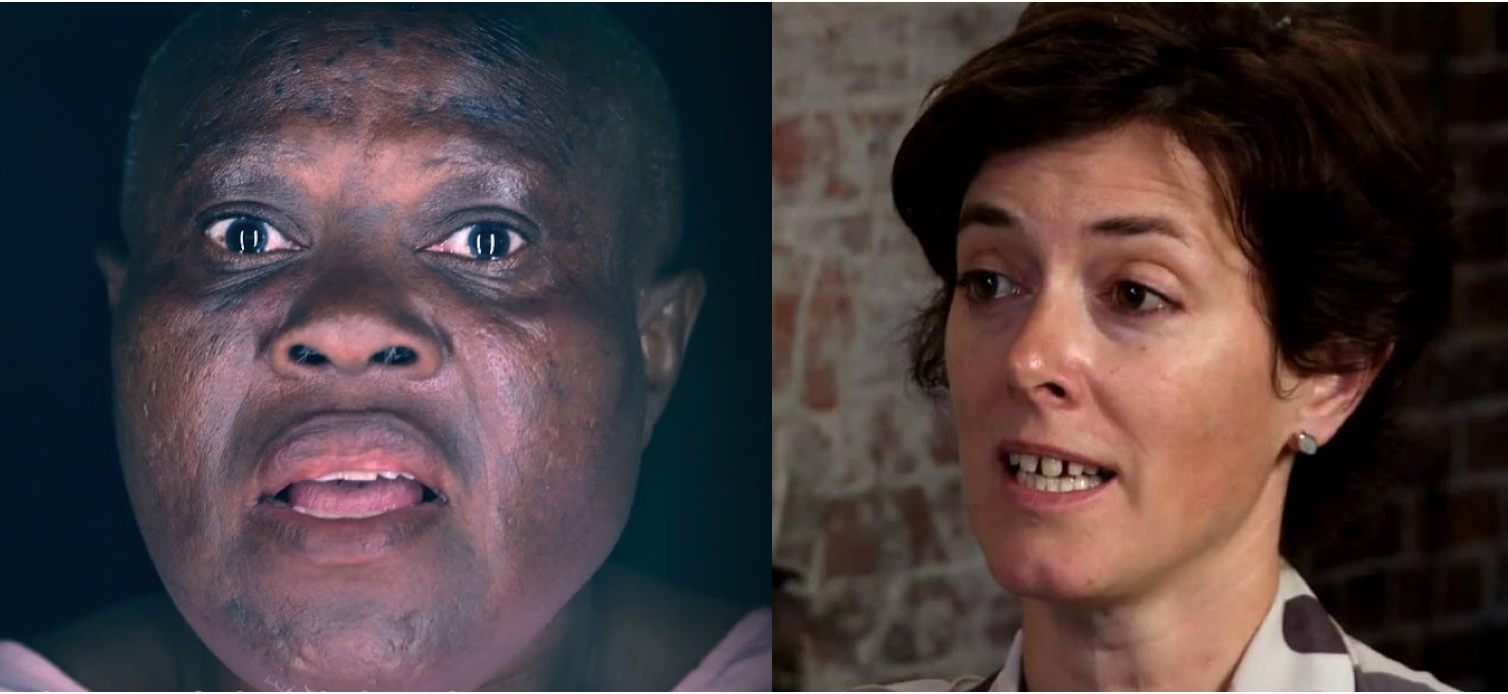An effective advocacy strategy should start by bringing together all stakeholders relevant to the advocacy issue. This includes, on the one hand, the beneficiaries: the communities gathered in “interest groups” such as associations, cooperatives and other unions, to whom the violation has or is likely to impact directly, and on the other hand the ‘experts’ actors working in the field; The identification of such groupings may be determined by any defined sampling, objective or subjective.
In order to mobilise support, all members of the coalition need to understand the issue and agree to the need to act and reverse the situation. In this event the affected people will play a big role in sharing their experience. This will also enable all members of the advocacy coalition to mobilise other allies in their respective fields and capacities.
At this stage all actors involved are mobilised and geared up to act. There is need to set up a smaller task force that would develop an advocacy roadmap for more efficiency:
- Identify the entry point (For example climate, tax, crops, health, etc.);
- Who to target first: Parliament, Ministries, para-statal institutions, etc.;
- What to do first mindful of the urgency of the matter:
– Is there a need to conduct a quick study or does the team detain sufficient information?
– What is the advocacy weapon? A petition, a position paper, a court case, a book published, a documentary… It is key to have a succinct document that provides information to policymakers and appeal to their need to act;
– It is very important to give policymakers sufficient information & opportunity to react before confronting or accusing them publicly. Otherwise the team runs the risk of stigmatising them & undermine all chances for engagement. (Should policy makers feel threaten, humiliated, they will barricade themselves behind their positions, never to budge)
A succinct advocacy plan does not need a big budget. Small pledges from members would suffice. It is always wise to bring on board a big agency that would identify with the cause (UN, World Bank, Embassy, etc.) They are usually able to avail some funds on short notice.
What is being requested from the authorities? What are the team’s demands?
For example: In order to tackle a problem of low income in agriculture which is affecting the livelihood of farmers: what realistically/pragmatically can be the solution? Is it to address erosion? In that case, does the team suggest terracing; Is the solution more off-farm job creation; or increased production factors? In that case, is the team requesting for more micro-financing in the agriculture sector?
Every member of the advocacy campaign should grasp the gist of the message and be able to articulate it to his own partners when asked. In this case, no need to appoint a spokesperson; African policymakers can be met at funerals, weddings, rallies, etc. Asks have to be brief and at the tip of everyone’s tongue.
The team should act delicately, keeping in mind that what matters, is for the issue to be addressed regardless of the means. Politicians always want to take credit for the advocacy’s positive outcomes – that the idea came from them; it is ok to let them, provided they take action. Remember that earning visibility has a double effect. It might serve as a heavy lobbying power or stigmatise the advocacy coalition in the eyes of the government and hinder the advancement of the advocacy agenda
It is key to remain sober enough to recognise failure in the process and accept to readjust, bringing in new allies, making concessions, etc.
Enable the community to seize the opportunities offered by potential reforms operated subsequent to the advocacy during and after the advocacy campaign, make sure the communities are kept in the loop and are empowered to benefit from the change brought about by the advocacy, to consolidate the gains
Posted 20th March 2014
















Leave a Reply